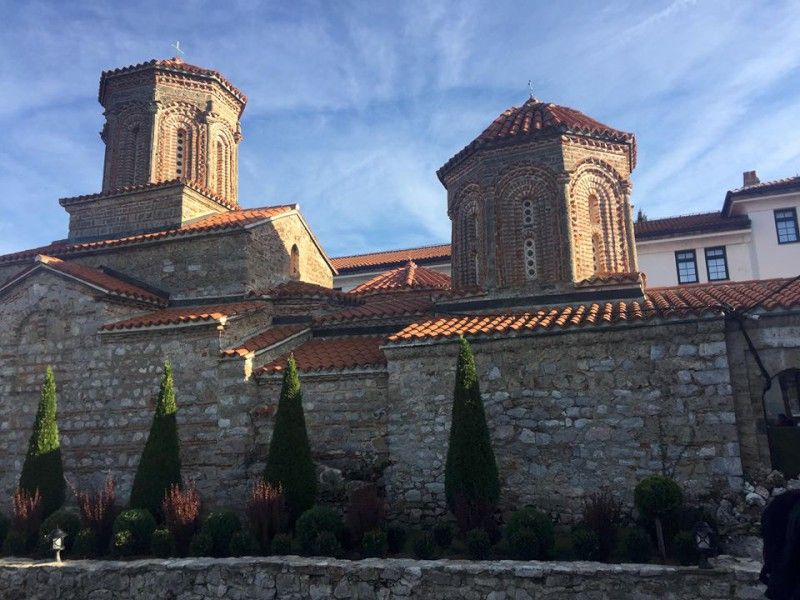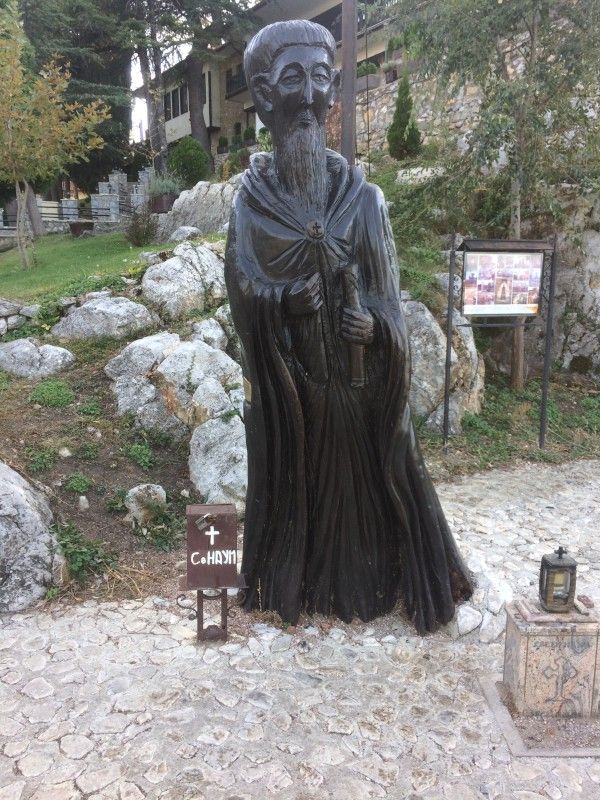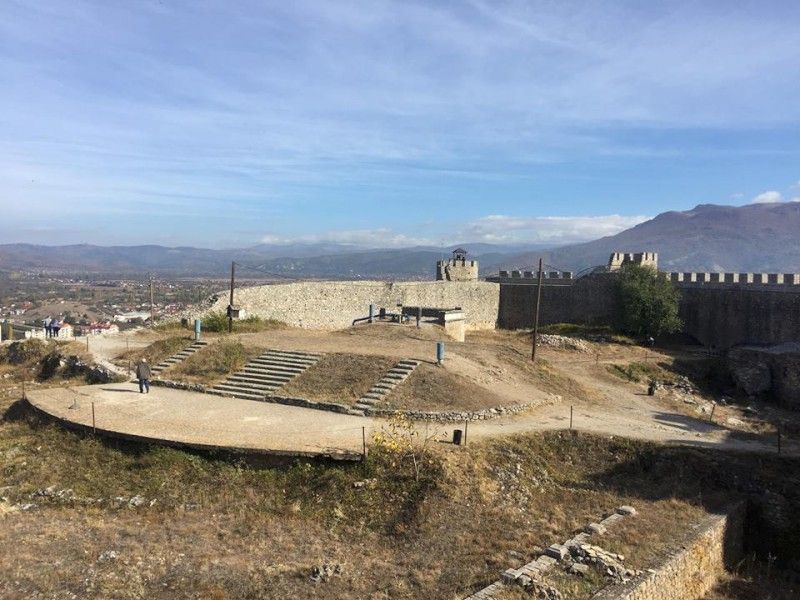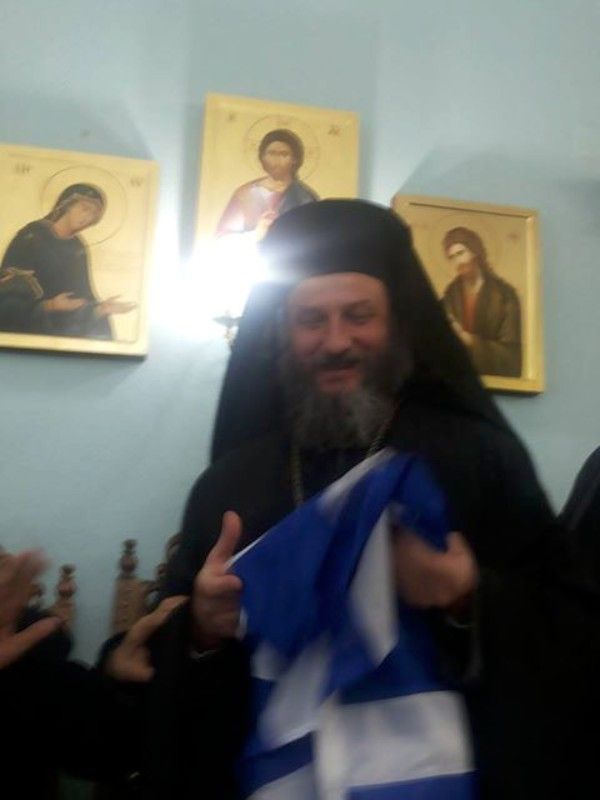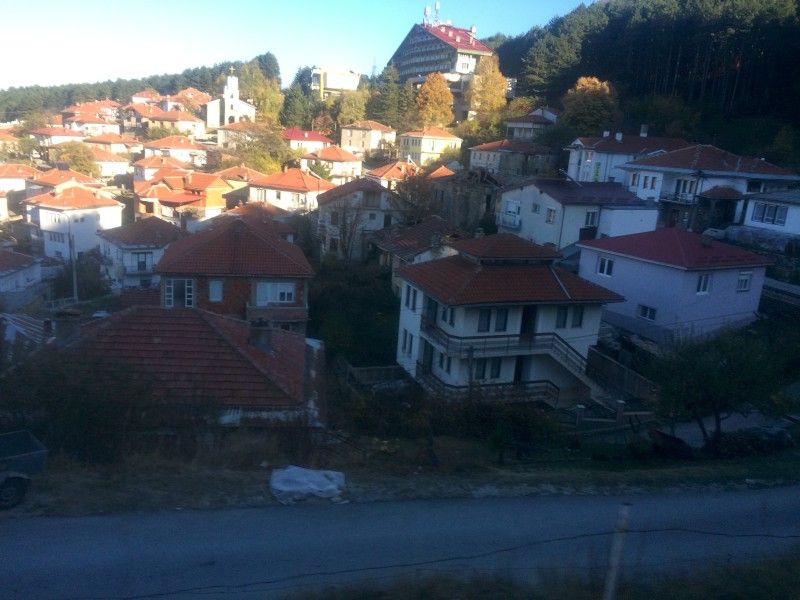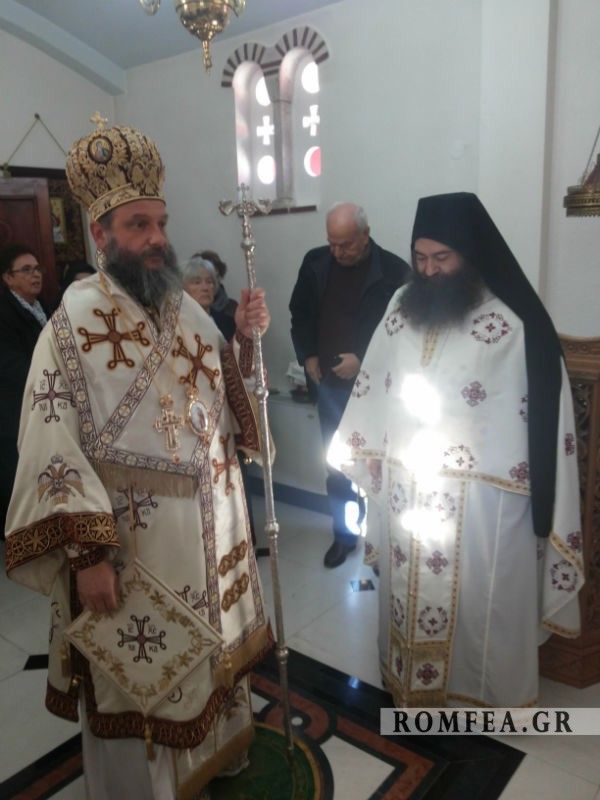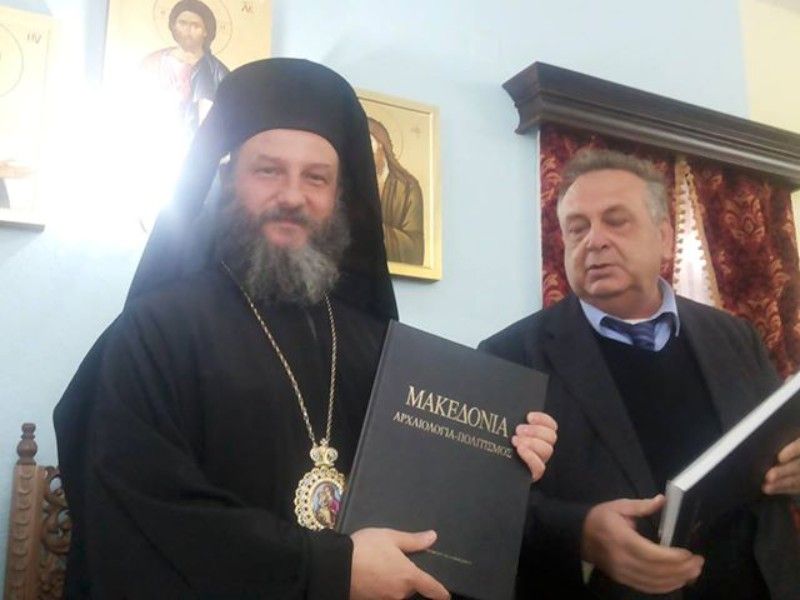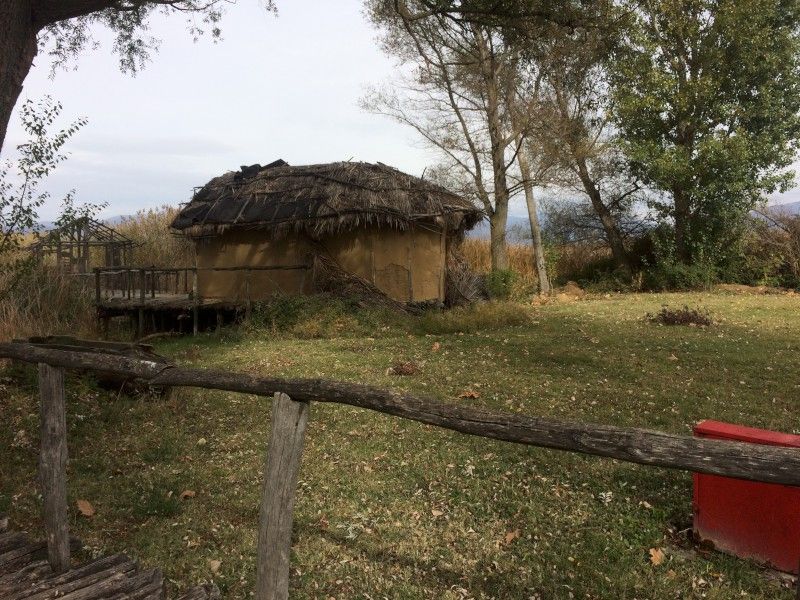Mission to Macedonia – Skopje – Albania
(25 – 29 October, 2018)
The Ecumenical Hellenism Foundation in cooperation with the Institute of Religious and Ethnic Identity conducted a mission of exceptional interest in the aspects of religion, ethnicity and tourism. While leaving the region of Macedonia, we continued our visit to the country of Skopje and Albania, without great variation in neither tone nor scenery of the regions, as our course continued on to locations including Greek historical tourist attractions and monuments.
Our journey began at Nymphaea. Indeed a jewel of the North, including the Museum of the Macedonian Struggle exhibiting the lives of the Makedonomachoi. Then our mission crossed the border at the village of Niki and entered the country of Skopje.
Ohrid. A center of Hellenism and Orthodoxy, the city contains numerous historic temples. Our mission visited Samuil’s Fortress and then travelled downward to Lake Ohrid through winding cobbled streets like those found in the historic area of Plaka in Athens, Greece. The statue of Naum, Bishop of Ohrid can be seen here as well. Bishop of Ohrid Ioannis, opened the Church and performed the Holy Liturgy for us on the feast day of St. Dimitrios according to the Greek calendar, despite the fact that they celebrate on a different day. Every member of the mission was moved to tears while listening to the Holy Liturgy in Greek, feeling as if we were on Mt. Athos. Finally, a discussion took place with the topic, The World of Orthodoxy in the Modern European Reality. Speeches were delivered by Xanthi Doumboulaki, Art Historian, Efstathios Kekridis, a Professor at the University of Thrace, Efstratios Kritikos, Nominee Professor of Theology, and Athanasios Angelopoulos, Professor. The meeting was closed by Bishop of Ohrid, Ioannis, who spoke in fluent Greek explaining the history of the Archdiocese. Last but not least, the Bishop was presented with a commemorative plaque and the Greek flag.
Krusevo. Walking through the picturesque town of Krusevo, originally a Greek-Vlach town, we felt like we were walking in the town of Kastoria.
Monastery-Bitola. Yet another historic city which has played a major role in the history of Greece from Antiquity to the Period of Samuil’s descent in the 8th century. Numerous Byzantine temples and the Monastery of Naum with its great history, comprise the main tourist attractions of the area.
Pogradec was the mission’s first destination in Albania, arriving on October 28th, the historic Ohi Day. It was in this exact location in November 1940 that the great Greek victory against the Italian troops in El Basan took place, playing a leading role in the outcome of the war.
Moscopole. The city was a center of Hellenism as well as a spiritual and intellectual beacon of light. With a former population of 60,000 people prior to the destruction led by Ali Pasha, today there are ruins of unique Byzantine temples and a population of 800 Greek speaking inhabitants.
Vodositsa, is the location where the remains of 3,000 Greek war heroes of the Balkan Wars lie.
Korce, or Korytsa. Is similar to any Modern Greek city, though simple and poor. It includes the Cathedral of the Resurrection of Christ. The Holy Liturgy was performed by His Eminence Bishop of Korce, Ioannis, during which the members of the mission paid tribute to the war heroes of 1940. It was exceptionally moving for all the members to walk in the footsteps of their brothers, their fathers and grandfathers who fought bravely, without ample military training, in the Balkan Wars against well-trained military troops.
Returning to the city of Kastoria, the mission was met by His Eminence Seraphim, Bishop of Kastoria, at the Monastery of Myrtidiotissa. The mission visited the unique Byzantine monuments of the area and the Paleolithic ruins dating back 6,000 years BC.
Prespes is a fishing village where many eremites lived in recluse. The mission approached by boat the locations where the eremites lived, climbing 150 steps. The experience was considered to be one of a kind!

